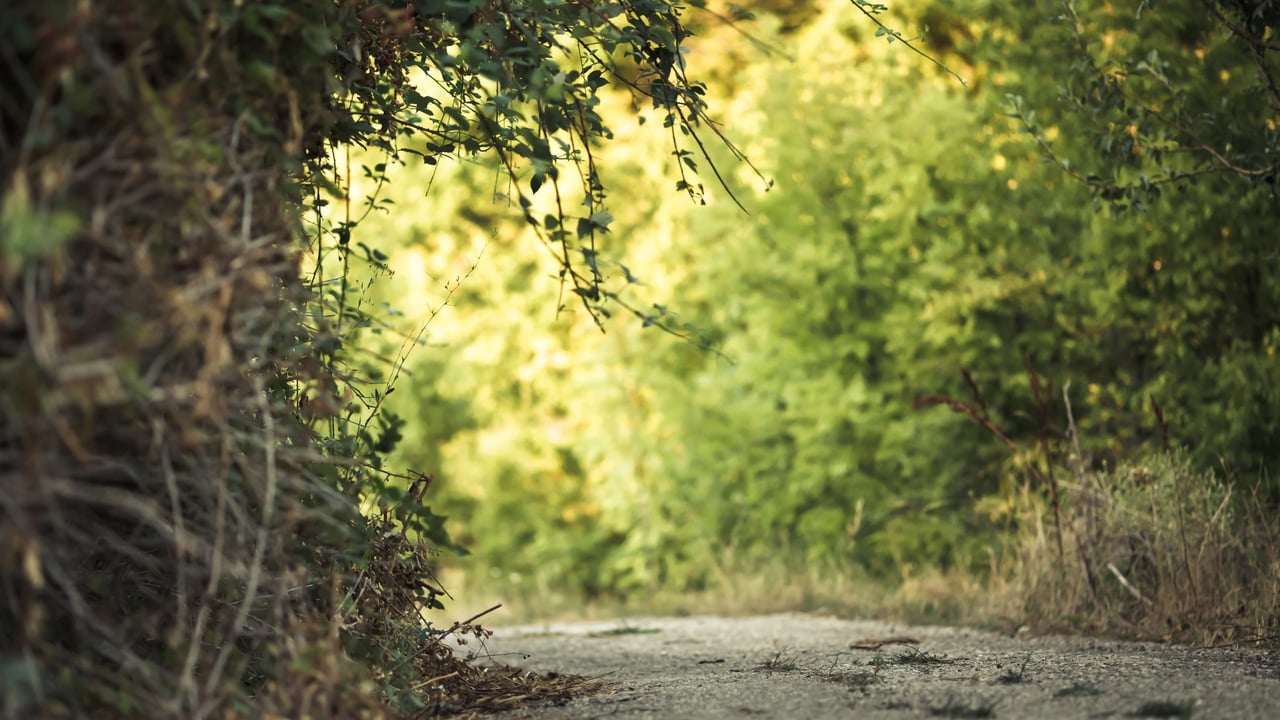'Several initiatives' exploring hedgerow carbon sequestration qualities
Hedgerows can make a "significant contribution" to carbon sequestration, Minister for Agriculture, Food and the Marine Martin Heydon has said.
This is in addition to the biodiversity and water quality benefits they provide, "which supports the continued viability and sustainability of the agri-food sector".
Responding to a parliamentary question from independent TD Brian Stanley, the minister said that his department has introduced several initiatives investigating the carbon sequestration qualities of hedgerows in Ireland.
"Teagasc, in conjunction with Forest, Environmental Research and Services (FERS) Ltd, completed research to help improve the national estimation of hedgerow carbon sequestration in an EPA-funded Farm Carbon project," the minister said.
"This research found that increasing hedge width and height can substantially increase both above and below ground carbon sequestration, whilst also providing increased biodiversity."
Within Teagasc farm programmes, the soil organic carbon baseline levels have been assessed across over a 100 farms, with these soils being resampled regularly, Minister Heydon explained.
"Teagasc research, using projects such as the National Agricultural Soil Carbon Observatory, aims to improve the measurement of carbon sequestration and focuses on improving estimation of carbon sequestration in hedgerows and on farm woodland," he continued.
"This research will be incorporated into the Teagasc MACC and the on-farm AgNav tool that supports climate action by farmers in favour of climate change mitigation.
"We now have mechanisms that allow us to quantify carbon stock changes in hedgerows associated with the management regime which is relevant for supporting best management practices in favour of climate action."
The minister said, however, that for hedgerows to contribute to national mitigation and climate targets, it is "imperative that we protect and appropriately maintain existing hedgerows and plant new hedgerows where possible".
"To this end, my department has implemented a number of measures to protect and enhance the network of hedgerows and landscape features on agricultural land under the CAP Strategic Plan and other areas," the minister added.
At the Teagasc Dairy Open Day in Moorepark in Fermoy, Co. Cork this week, farmers were told of how non-farmed areas, trees, waterbodies, hay meadows and soil all support biodiversity.
Less intensively managed hedgerows can also offer shade for livestock, mitigate against flooding, sequester and store carbon, increase crop production, according to Teagasc.
The benefits of hedgerows also include acting as roadways for wildlife, and providing fruit for birds. Margins are a source of food for pollinators, and if unfenced, livestock can create nesting sites for bees.
Teagasc said that farmers should aim for hedgerows to be at least 2.5 metres high and 1.5 metres wide. There should be at least one tree allowed to grow every 20 metres.
Cutting hedgerows every two to three years helps to encourage flowers, fruit and biodiversity.





